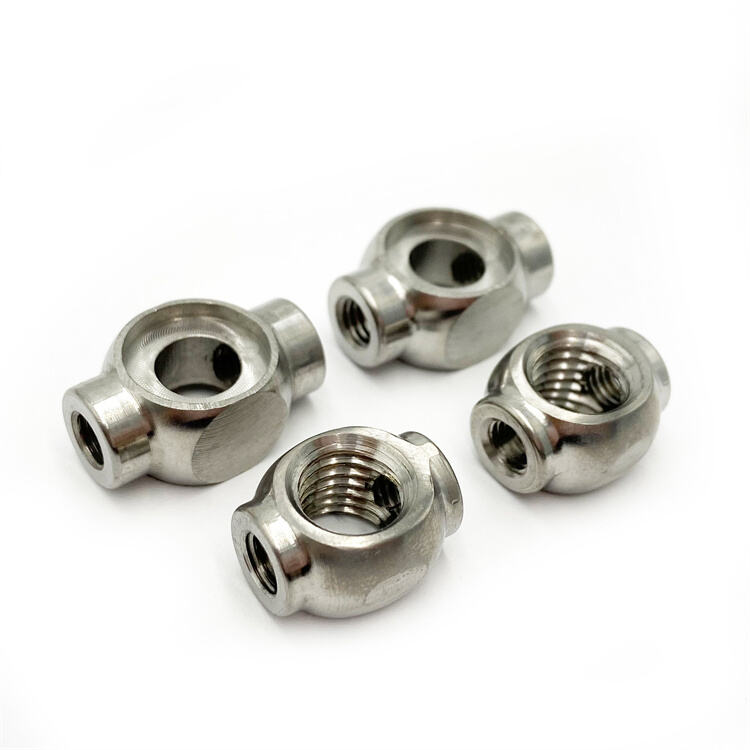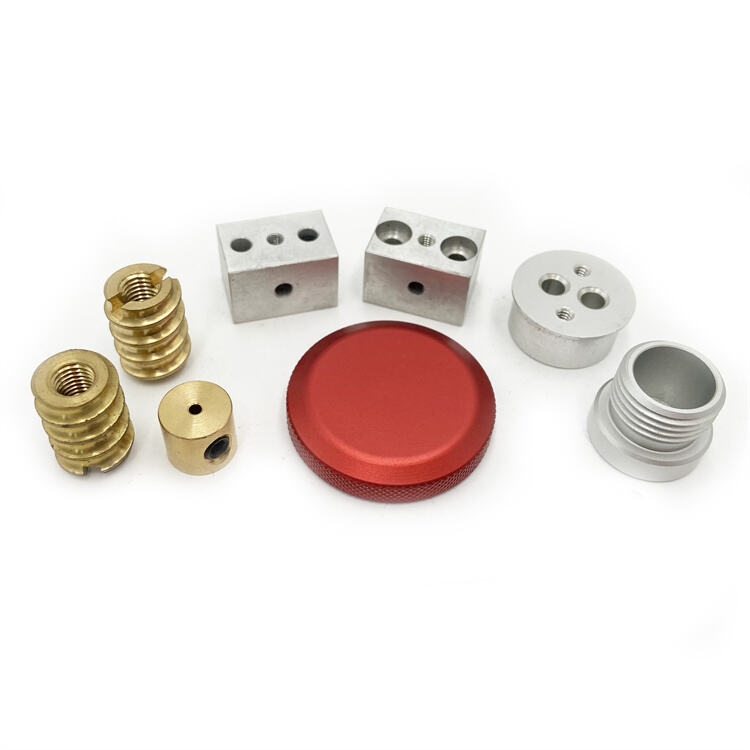mill turn machining
Mill turn machining represents a revolutionary advancement in manufacturing technology, combining the capabilities of both milling and turning operations in a single machine setup. This sophisticated manufacturing process enables the production of complex parts with exceptional precision and efficiency. The technology integrates traditional lathe operations with multi axis milling capabilities, allowing for the complete machining of parts in one setup. This integration significantly reduces handling time, improves accuracy, and eliminates the need for multiple machine setups. The system typically features a main spindle and sub spindle configuration, along with various tool stations that can accommodate both rotating and stationary cutting tools. Modern mill turn centers are equipped with advanced CNC controls, automated tool changers, and sophisticated programming capabilities that enable the execution of complex machining sequences. These machines are particularly valuable in industries requiring high precision components, such as aerospace, automotive, medical device manufacturing, and energy sectors. The versatility of mill turn machining allows for the production of intricate geometries, internal features, and complex surface profiles while maintaining tight tolerances and superior surface finishes. This technology has become increasingly important in modern manufacturing, where the demand for precision engineered components continues to grow.

